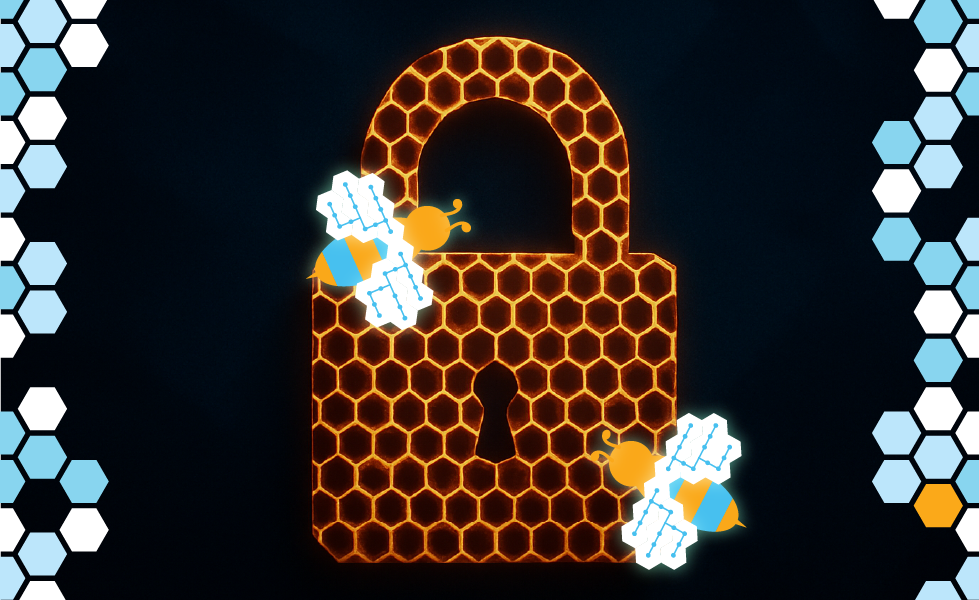Security at the Core—from Day One
Testaify was engineered from the ground up with enterprise-grade security as a core principle, combining AI-native autonomous testing with a deeply secure, zero-trust infrastructure that protects data at every layer.
TABLE OF CONTENTS
How We Designed Testaify for Security
In an age where software is evolving faster than ever, Testaify is here to redefine how testing is done. We are building the AI-native platform for autonomous software testing—a system that doesn’t just run tests but discovers what needs to be tested, designs the tests, executes those tests continuously, and extracts deep insights—all without manual intervention.
Testaify replaces fragile, script-based test automation with agentic intelligence that learns your system, adapts with every build, and maintains coverage as your application evolves. It’s not just automation—it’s autonomy.
But as powerful as this sounds, the real question enterprises must ask of any next-gen platform is this: How secure is it?
We’re proud to say that Testaify was designed from day one with security as a foundational principle, not an afterthought. Let’s walk through the key security decisions we’ve made in building our infrastructure, and why they matter.
Private by Default: No Public Internet Access to Backend Infrastructure
At Testaify, our security starts with isolation.
All our infrastructure and data systems reside inside private subnets—completely inaccessible from the public internet. No open EC2 instances are sitting on the edge, no databases dangling in public view. The only way to interact with our backend systems is through AWS API Gateway, which acts as the secure and managed front door into our platform.
From there, traffic is routed through VPC Link or directly into AWS Lambda within a VPC, depending on the service being accessed. This setup allows us to maintain fine-grained control over what’s reachable, keeping our critical systems protected behind multiple layers of AWS-managed isolation.
This design is not just secure—it also simplifies auditing and reduces the attack surface substantially.
Isolated Security Groups for Each Infrastructure Component
One of the most overlooked best practices in cloud architecture is the granular use of AWS security groups. At Testaify, we treat this seriously.
Every infrastructure component in our platform has its dedicated security group. Our EKS (Elastic Kubernetes Service) cluster has its group. So does DocumentDB (our managed NoSQL database), and so on.
This isolation allows us to control communication between components with surgical precision. For example, if the EKS cluster needs to talk to DocDB, we open a single port between their two security groups—and only that port.
This setup creates a highly tight security posture with a minimal port exposure surface area. In essence, systems can only talk to each other if explicitly allowed, and only in the way they need to.
Deny by Default Networking Rules
Following the principle of least privilege, our security groups deny all network access by default.
No service can reach another unless we allow it explicitly, down to the exact port number and destination. This configuration ensures that even if a system were misconfigured or compromised, it wouldn’t be able to communicate freely within our infrastructure.
It also significantly reduces the risk of lateral movement in the event of a breach—something many platforms ignore until it’s too late.
End-to-End SSL Encryption
To ensure data privacy in transit, Testaify enforces SSL encryption across all infrastructure communication, from the API Gateway all the way to the services behind the scenes.
We terminate SSL at the AWS API Gateway, which then securely passes requests to our load balancer in EKS. From there, internal service-to-service communication remains encrypted.
There is one exception, which is our dependency on SeleniumGrid to execute tests. This selective exception does not compromise the platform’s security, as it’s fully isolated from user-facing components and inaccessible from outside our trusted environment.
Designed to Meet the Needs of Enterprise Security Teams
We know enterprise customers need more than just features—they need assurance that platforms handling their application data and testing workflows are safe, auditable, and robust.
That’s why Testaify’s infrastructure was designed to:
- Minimize public entry points
- Harden every internal boundary
- Enforce strict network segmentation
- Maintain visibility and traceability across services
From cloud-native principles to hands-on security engineering, we've made deliberate choices to protect our users and their data from day one—not as a response to an incident, but as a founding philosophy.
Security is the Bottom Line
Testaify isn’t just innovating in how software testing is done—it’s setting a new standard for how testing platforms should be built from a security standpoint.
We believe that autonomy and intelligence must go hand-in-hand with safety and trust. Whether you’re testing a mission-critical banking app or scaling an enterprise SaaS platform, you can count on Testaify to deliver not only smarter testing—but secure testing, by design.
About the Author
 Testaify founder and COO Rafael E. Santos is a Stevie Award winner whose decades-long career includes strategic technology and product leadership roles. Rafael's goal for Testaify is to deliver comprehensive testing through Testaify's AI-first platform, which will change testing forever. Before Testaify, Rafael held executive positions at organizations like Ultimate Software and Trimble eBuilder.
Testaify founder and COO Rafael E. Santos is a Stevie Award winner whose decades-long career includes strategic technology and product leadership roles. Rafael's goal for Testaify is to deliver comprehensive testing through Testaify's AI-first platform, which will change testing forever. Before Testaify, Rafael held executive positions at organizations like Ultimate Software and Trimble eBuilder.
Take the Next Step
Testaify is in managed roll-out. Request more information to see when you can bring Testaify into your testing process.



